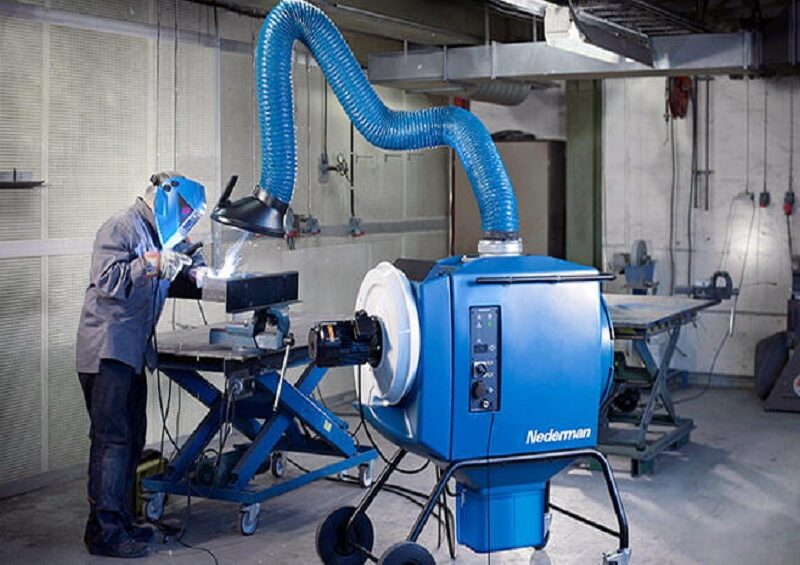Air pollution control systems are divided into two types: dry dust collectors and wet scrubbers (which include both baghouses and cartridge collectors). Although each has its uses, it is important to give some thought to the specific task at hand before settling on one specific kind. With the latest silica dust requirements from OSHA, it’s important to have good BossTek dust control methods. Many depend on your operation, the kind of dust your business produces, and your needs. But as concerns about combustible dust grow, some companies are thinking about using a wet dust collector. This technology “scrubs” the airflow with water to reduce dust levels. How do you choose the best dry collector, given that their inherent benefits and drawbacks are dependent on your process, and the type of dust you produce?
Dust type
Where there is a risk of flammable dust, industrial wet dust collector systems are commonly utilized. This is particularly true for metal dust because of the high probability of sparking when it comes into contact with dust. In this context, dry systems are also viable options. The system should have safety mechanisms if deflagration is a risk. Fire-safe features such as spark traps and flame-resistant filters are included. Wet systems, or wet scrubbers, reduce fire and explosion risk. Water “scrubs” the air going through the collection, mixing with dust to make sludge. This prevents dust clouds and dry dust from igniting, even with an ignition source. Regular maintenance and housekeeping allow dry collectors to be used safely for years. They can also catch almost every type of dust you can think of.
Maintenance and disposal
Monitoring differential pressure and changing filters are typical maintenance tasks for dry dust control systems. Dust-containing filters must be disposed of according to applicable regulations. And don’t forget to get rid of all that dust you’ve accumulated! Wet dust collectors require clean water. It’s necessary to clean up and dispose of the sludge that a wet collector produces. The sludge might have to be blended or dried for safety or disposal. Both system types require regular ducting and work area cleaning to prevent dust buildup.
Particulate size
Filters in dry systems are better at capturing and disposing of ultrafine dust and dirt. Particles as small as.3 microns can be captured using nanofiber filters with a 99.9 percent efficiency. Some cutting and grinding processes result in larger particles. But procedures like welding, plasma cutting, and laser cutting create extremely small metal particle emissions. It is easier for a dry collector system to gather these particles. It may be challenging to collect very fine particulates in a wet system because of their inability to settle out of the water. But there are wet system layouts that can accommodate this. Smaller particles, smoke, and welding fumes are all better captured by a dry collector.
System setup
Wet dust collectors are commonly used at individual workstations, like downdraft tables. A central dust collection system might need equivalent ducting and system CFM for wet and dry types. When several spots in a building generate welding or cutting fumes, switching to a dry system will improve particle capture efficiency. Dry systems may require less CFM since they collect smoke and odors more efficiently. This reduces the system’s noise and energy consumption. Wet collectors are useful on machinery like a downdraft table, where sparks and metal dust are produced. However, a dry collector is commonly used with downdraft tables because of the microscopic particulates, fumes, or smoke they generate. The type of system best for your business can be determined after thoroughly analyzing those demands. Short-term operational and maintenance expenses should be factored into the evaluation.
Depending on the type of dust you have, there may be rules about how to rid of it. When it comes to collecting dust from manufacturing processes, wet scrubbers, and dry dust collectors are two very distinct technologies. Both have their own set of benefits and drawbacks.

